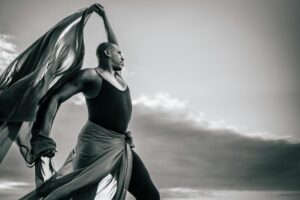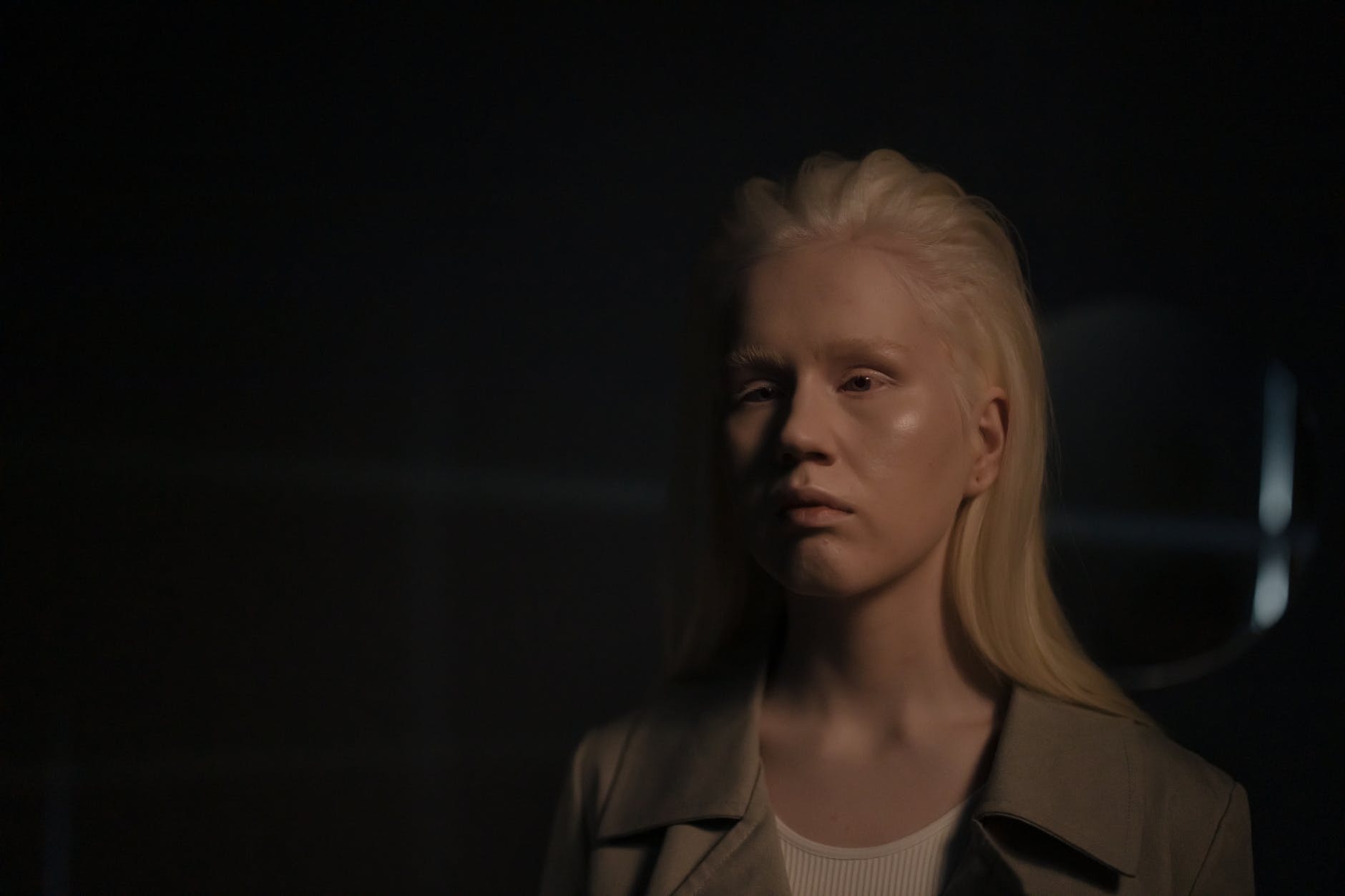The 1960’s and 70’s saw the birth of a countercultural revolution that deeply impacted various realms including music and visual arts. A creative amalgamation of these two spheres gave birth to a genre is now known as psychedelic art and music. This genre is a kaleidoscope of vivacious colors, surreal visuals, and mind-bending music, all of which embodies the fusion of music and visual art, specifically the transcendental and experiential journey of the psychedelic trip.
Psychedelic music, with its hypnotic melodies and multilayered sonic textures, serves as a powerful conduit for inducing altered states of consciousness. These otherworldly sounds often inspire artistic interpretations of music genres, prompting the creation of visual art pieces that mirror the non-linear, ever-changing nature of psychedelic music. The striking psychedelic album covers of the bygone era, splashed with vivid artwork, are testament to the robust collaboration between musicians and visual artists.
By confluence of auditory and visual stimuli, psychedelic music and art create a symphony of sensory experiences, translating into a phenomenon called synesthesia in art and music. This is an auditory-visual crossover where a sound induces the visualization of certain colors or shapes and vice versa. Enveloped in psychedelic trance, the kaleidoscopic hues and abstracted shapes resonating from the music take a visual form in the mind’s eye. This is a tangible expression of sound through psychedelic art.
The iconic album cover of Pink Floyd’s ‘Dark Side of the Moon,’ with its refracted beam of light igniting a spectrum of colors, is a fantastic visual representation of music through art. Legendary visual artist Storm Thorgerson perfectly captures the fusion of science and philosophical ideas in Pink Floyd’s music, thereby encapsulating their brand of cerebral, experimental rock in a visual medium.
Music festivals, particularly those promoting psychedelic music, are spheres where music and psychedelic art coalesce beautifully. Festivals such as Woodstock, Burning Man, and the Electric Daisy Carnival have become cultural hubs where musicians and artists from across the world gather in a vibrant exchange of creativity. Live mural paintings, LED light displays, and art installations inspired by a wide variety of music genres are integral aspects of these music festivals. A fascinating example of this is the work of visionary artist Alex Grey, whose highly detailed, layered paintings (including pieces created live at festivals) visually represent the metaphysical and transcendental elements of the psychedelic experience.
What sets psychedelic music and art apart is how they delve into the uncharted depths of consciousness and bring non-material experiences to life. The psychedelic experience, be it through a song or an art piece, is an introspective journey for the conscious mind. It is about transcending the boundaries of sensory stimuli and creating a vibrant, transpersonal reality. When shared through the medium of music and visual art, this journey becomes an expression of collective human experience, fostering a sense of interconnectivity and unity.
Perhaps, one of the most transformative impacts of this collaboration has been the creation of a unique cultural ethos that has transcended time and continues to inspire artists and musicians today. In an increasingly digitized world, artists such as Android Jones continue to blend technology with traditional art forms, creating digital art that encapulates the psychedelic experience in music, thereby carrying forward the legacy of the psychedelia.
The psychedelic music and visual art collaboration has brought about a tangible way to interpret and navigate the abstract realm of sensory experience. Its legacy serves as a testament to the infinite possibilities that arise when art forms merge and exchange ideas, effectively bridging the gap between the auditory and visual senses.
In conclusion, the journey of psychedelic music and visual art continues, ever-evolving in its form and interpretation, etching profound influence on every generation with its intricate blend of ear and eye – an immersive, multisensory celebration of the human consciousness.
Sources:
– Synesthesia in Art and Music
– Music Festivals and Psychedelic Culture



